France’s oldest nuclear power plant to shut down by 2020

The French government honors its pre-election commitment and addresses concerns raised by neighboring countries and environmental activists
The French government honors its pre-election commitment and addresses concerns raised by neighboring countries and environmental activists
On April 9th, the French Minister of Environment Segolene Royal announced the closure of the country's oldest nuclear power plant by 2020. Located in the north-east of France, near the German border, the Fessenheim plant has been operational since 1977. The government’s decree marks President Francois Hollande's campaign pledge during the 2012 presidential election to close the plant during his term, in an effort to build an alliance with the Green party. Besides, France has committed to reduce its dependence on nuclear from 78% of electricity generation to 50% by 2025 and increase its use of renewables.
The deal with EDF
In January, the plant operator EDF voted to approve the closure of the two-unit Fessenheim next year in principle. However, on April 6th the company’s board reconsidered, deciding to not close the facility until the Flamanville-3 EPR in Normandy (a new nuclear plan also owned by EDF) begins commercial operation, in the fourth quarter of 2018 at the earliest. According to EDF, France’s energy transition law caps the amount of nuclear power at 63.2 GW, meaning that the commissioning of Flamanville-3 is dependent on the shutdown of equivalent capacity. “With this decision on the part of its board of directors, EDF is guaranteeing compliance with legislation imposing a ceiling for France’s installed nuclear electricity generation capacity, while at the same time safeguarding to the utmost the interests of the company and its customers,” said Jean-Bernard Le?vy, its chief executive. The company will be paid €490m in compensation for dismantling the plant and retraining its 850 workers.
Safety problems
The Fessenheim plant, with its two 880-MW pressurized-water reactor units, has been the subject of complaints regarding safety from the German and Swiss governments. In April 2014, one of its reactors had to be shut down after water was discovered leaking from several places, but in order to do that, boron was added to the pressure vessel, an unprecedented procedure in Western Europe according to experts. The incident was played down by the French authorities and was not reported to the International Atomic Energy Agency in full detail. Even an official report from France's nuclear authority ASN did not contain information on the need to use boron.
Source: Deutsche Welle
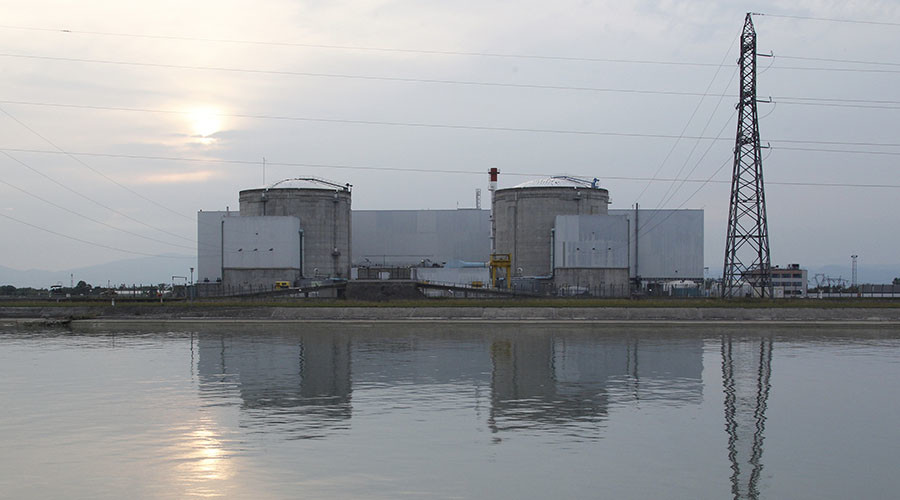
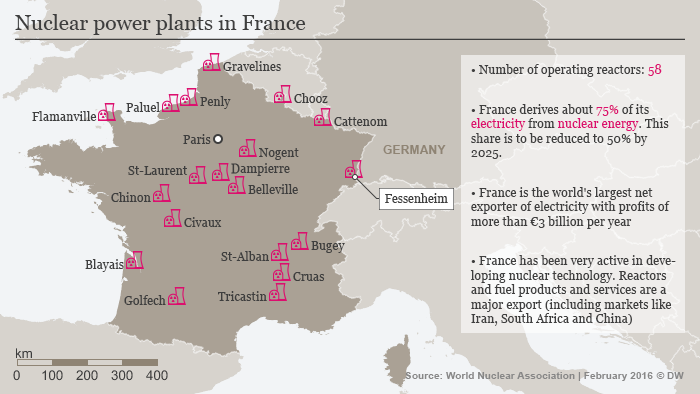
Source: Deutsche Welle
Want to read more like this story?

First-ever floating nuclear power plant is under construction in Russia
Oct, 19, 2016 | NewsThe plant is set to start providing power and heat to the country’s remote northern regions by...
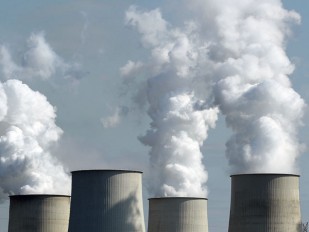
UK's nuclear facility under construction on the brink of abandonment
Jan, 15, 2019 | NewsHitachi, a Japanese firm, is considering pausing the construction works of a new nuclear power stati...

Japan votes to allow nuclear plants to operate beyond 60 years
May, 31, 2023 | NewsJapan passed a law on Wednesday allowing nuclear plants to operate beyond 60 years if safety condit...

Global wind power capacity exceeds nuclear energy for the first time
Mar, 11, 2016 | NewsWind power generation has the potential to cover global consumption, according to a report from the...

Last three German nuclear plants power down
Apr, 15, 2023 | NewsSaturday, April 15, marked the end of the six decade long German nuclear energy era with the closur...
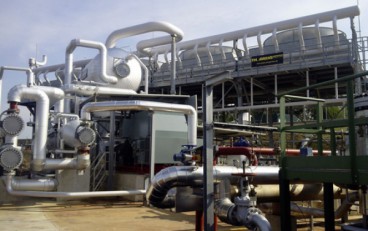
This geothermal power plant in France takes advantage of heat tapped in deep rock, supplying electricity to 3,000 households
Oct, 17, 2017 | NewsThe site was formerly used as a research facility The site was formerly used as a research facility...
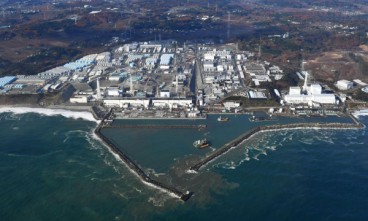
Japan plans to release radioactive water into the Pacific Ocean
Sep, 10, 2019 | NewsAccording to Japan's Environmental Minister, Yoshiaki Harada, tons of radioactive water deriving fro...

Check out these glowing plants that shine in the dark
Jan, 15, 2018 | NewsThe technology could be used to provide low-intensity indoor lighting, or to transform trees into se...

Nuclear Progress: Hinkley Point C Marks Reactor Installation Milestone
Dec, 04, 2024 | NewsThe Hinkley Point C nuclear power plant in Somerset, England, has reached a significant milestone w...
Trending

Vertical gardens in Mexico City to combat pollution

Saudi Park Closed After 360 Big Pendulum Ride Crashes to Ground, 23 injured

Characteristics of Load Bearing Masonry Construction

Taipei 101’s impressive tuned mass damper

Dutch greenhouses have revolutionized modern farming

Federal court rules Biden’s offshore drilling ban unlawful


